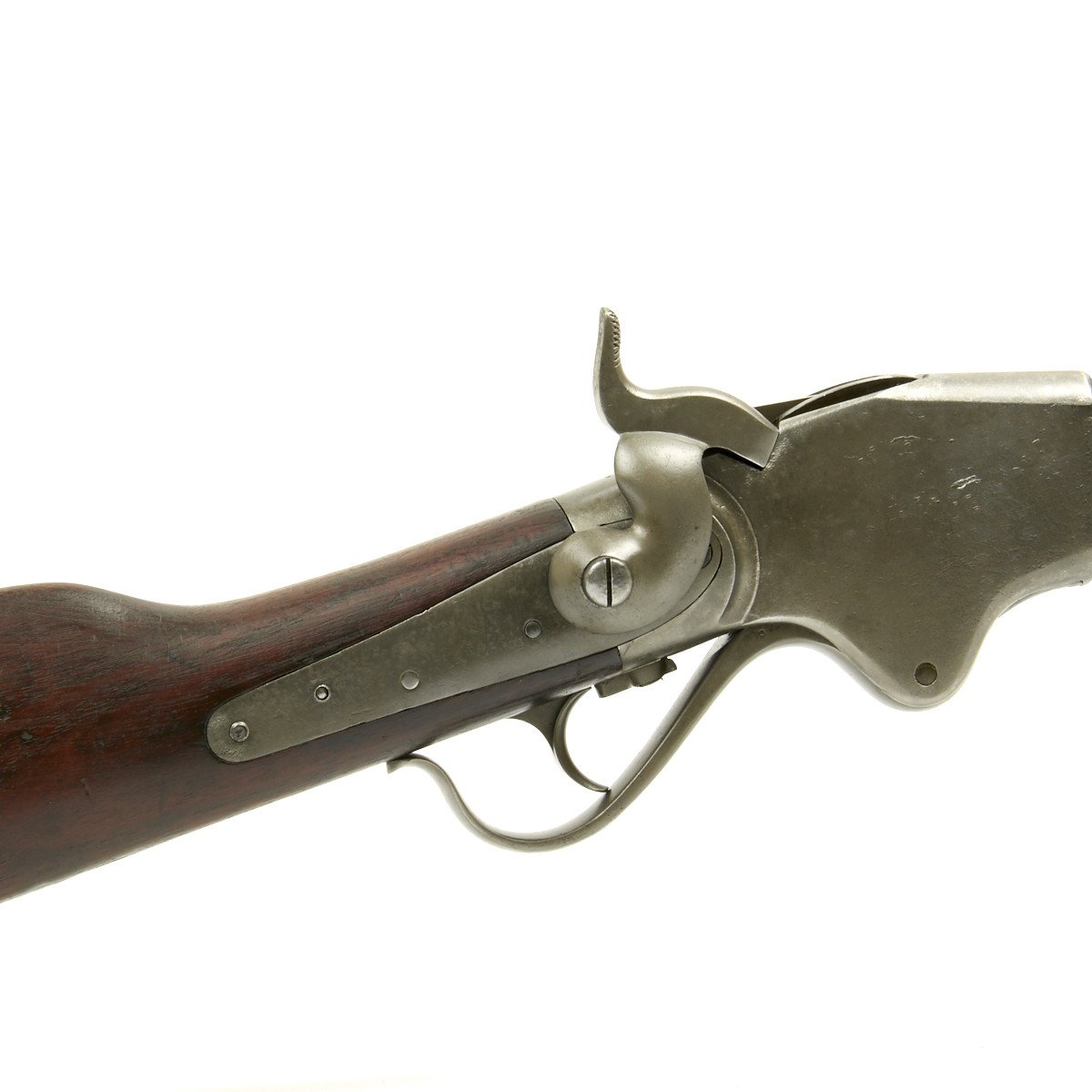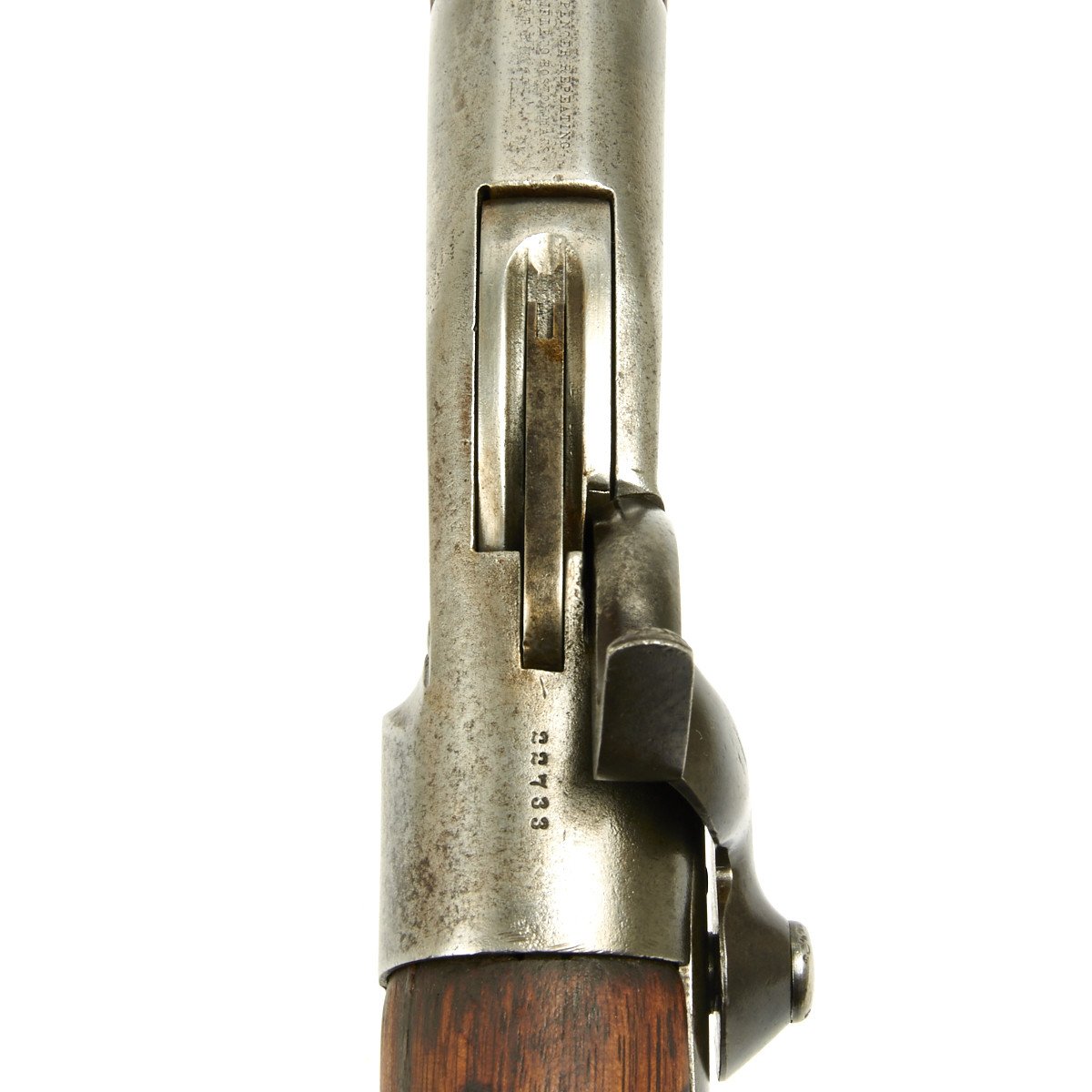


'Excels All Others: The Spencer Carbine'. ↑ 7.0 7.1 7.2 'Christopher Miner Spencer, 19th-century Arms Manufacturer'.'The Spencer Repeater and other breechloading rifles of the Civil War'. '7-Shot Wonder: The Spencer Repeating Rifle'. ↑ A Confederate division numbered about 15,600 soldiers at full strength.The main reason was that many army leaders at the time thought that soldiers using repeating rifles would simply waste ammunition. ↑ Civil War infantrymen on both sides mainly used.Several times, larger Confederate units had to retreat to save themselves from being cut to pieces by Spencer-equipped Union cavalry units. It allowed a smaller cavalry unit to lay down devastating firepower on an enemy. But it proved to be an excellent rifle for the cavalry because they usually fought at close range. The only weakness of the Spencer was the small powder charge that did not have great range. A soldier trained to use the Spencer could fire from 20 to 30 aimed shots a minute when using a cartridge box that held 10 pre-loaded magazines.

Muzzleloaders could fire only two or three shots a minute. With the enemy bearing down on them the remaining shots were fired as quickly as possible and were almost always poorly aimed. Also, in battlefield conditions, muzzleloaders could only aim the first few shots.

The muzzleloading rifles were slow to load compared to the Spencer. The Spencer proved to be very reliable under battlefield conditions. One of its main advantages was its breech loading design. This made it easy and relatively inexpensive to make. The gun had few parts, many of which were common to the Sharps rifle. Raising the lever loaded a new cartridge from a spring-loaded 7-round magazine in the stock. It was activated by lowering the trigger guard which opened the breech and extracted the spent cartridge shell. The Spencer repeating rifle had a 'rolling block' design.


 0 kommentar(er)
0 kommentar(er)
